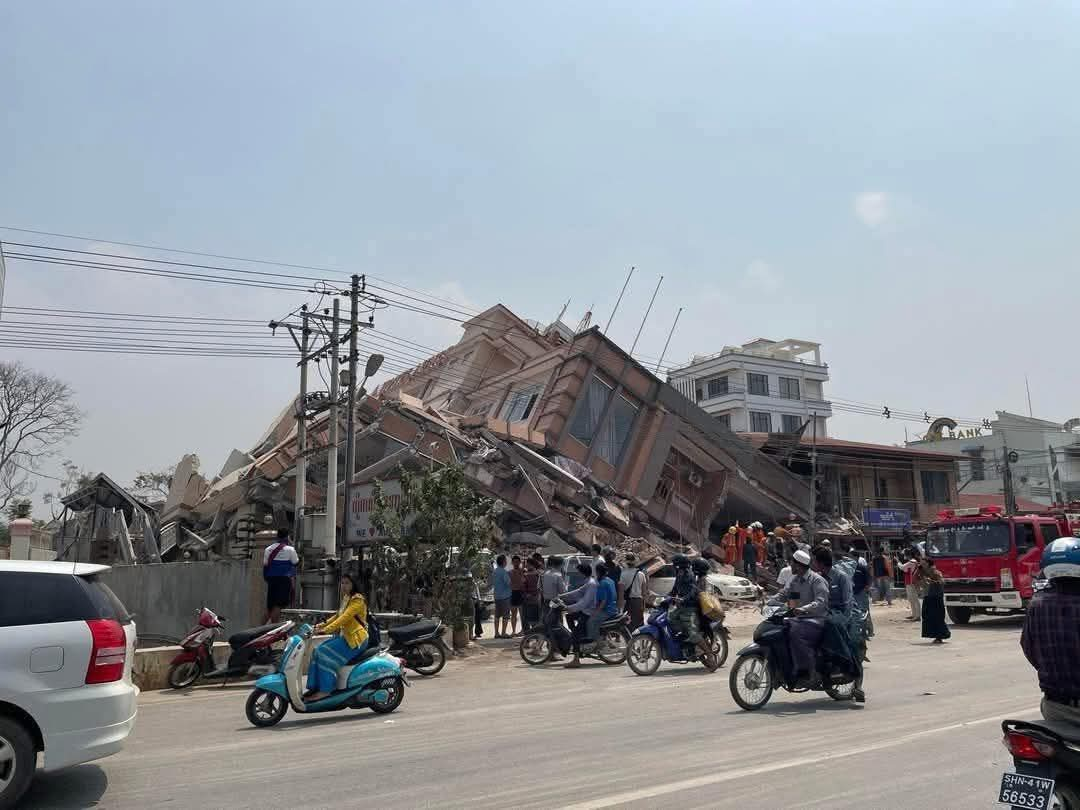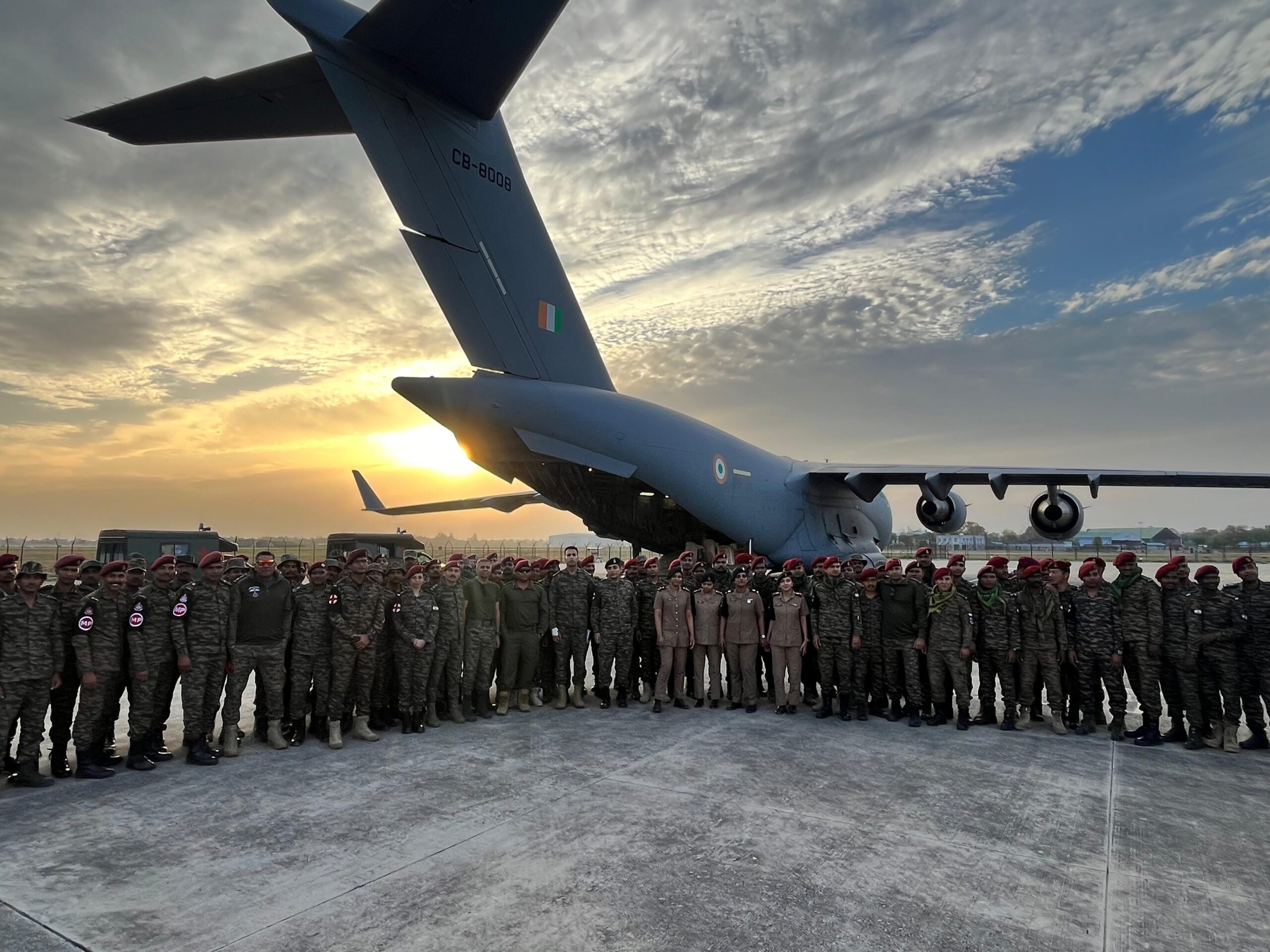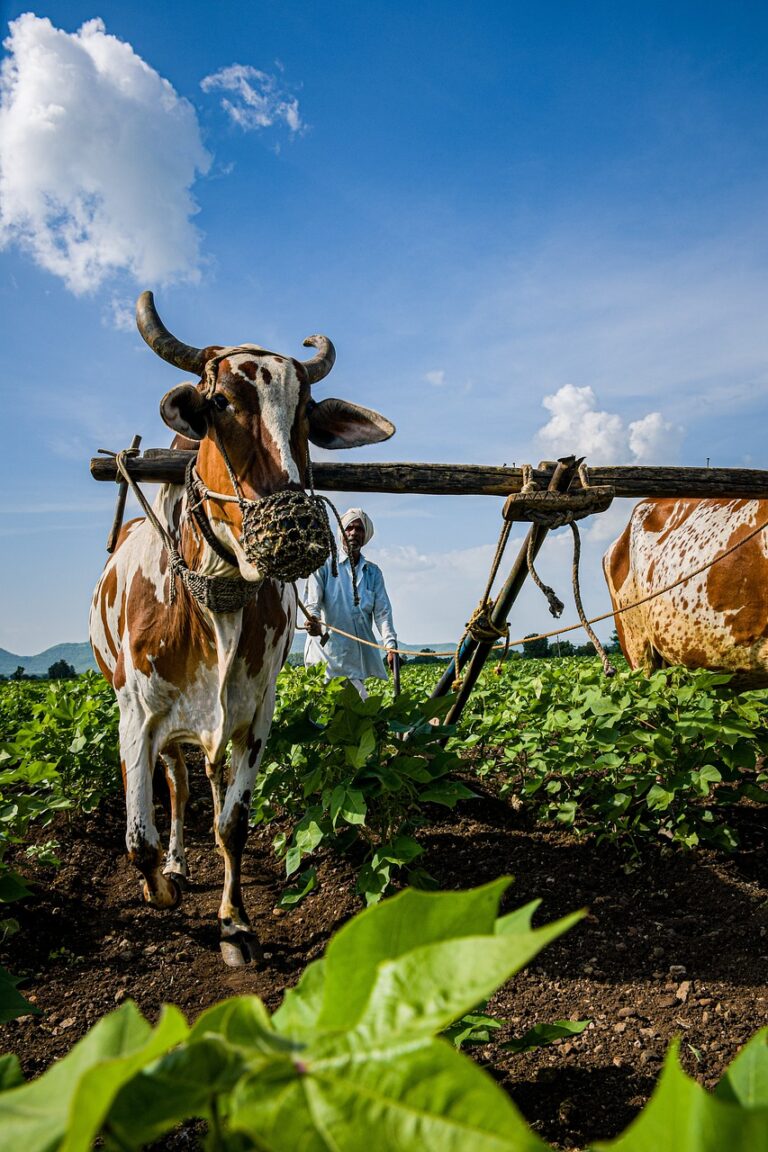
Photo source: X
The powerful 7.7-magnitude earthquake that struck central Myanmar on March 28, 2025, has led to extensive rescue and relief efforts across both Myanmar and Thailand. The disaster has left over 1,000 dead and more than 2,376 injured in Myanmar, while Thailand has reported at least 10 fatalities and 68 injured.
Myanmar: Race Against Time Amid Political and Logistical Challenges
The epicenter of the quake was near Mandalay, Myanmar’s second-largest city, which suffered severe structural damage. Buildings, bridges, and roads have collapsed, making rescue efforts extremely challenging. The military junta has declared a state of emergency in six regions and has issued an appeal for international aid.
International search and rescue teams from China, India, Russia, Malaysia, and Singapore have begun arriving, bringing with them specialized equipment, medical supplies, and trained personnel. The United Nations has pledged $10 million in emergency aid to assist with humanitarian relief efforts. However, communication lines remain down in several areas, hampering coordination efforts.
One of the worst-hit areas, the historic city of Bagan, known for its ancient Buddhist temples, has suffered significant damage, with many structures reduced to rubble. Hospitals in Mandalay are struggling to accommodate the influx of injured residents, and emergency field hospitals have been set up to provide urgent medical attention.
Myanmar’s military government has made a rare appeal for global assistance. General Min Aung Hlaing, the head of the junta, stated: “This is a time of national crisis. We urge the international community to provide whatever aid is possible to assist our people. Rescue operations are ongoing, but the devastation is immense.”
However, the rescue operations in Myanmar have faced notable setbacks due to the government’s rigid control over foreign aid groups and bureaucratic red tape. While the junta has allowed limited international assistance, access to remote and severely affected areas remains restricted. The lack of transparent coordination between local and international agencies has slowed the pace of relief efforts.
Thailand: Coordinated and Transparent Rescue Efforts
While Thailand did not experience the same level of devastation as Myanmar, the quake triggered the collapse of a 34-story skyscraper under construction in Bangkok’s Chatuchak district, leading to at least 10 deaths and numerous injuries. Rescue teams, including firefighters, paramedics, and volunteers, are working tirelessly to locate people still missing under the debris. Heavy machinery, sniffer dogs, and drones equipped with thermal imaging are being utilized in the search.
Thai authorities have issued warnings about potential aftershocks and urged residents in affected regions to remain vigilant. Evacuations have been carried out in high-risk buildings, and engineers are assessing the structural integrity of buildings across Bangkok.
Also read: Hundreds dead as massive earthquake strikes Myanmar and Thailand
Thailand’s Prime Minister Srettha Thavisin addressed the nation, saying: “We are doing everything in our power to rescue those still trapped and to provide medical assistance to the injured. Our thoughts and prayers are with the people of Myanmar, and we will continue to support our neighbors in this time of need.”

Unlike Myanmar, Thailand’s response has been swift, structured, and highly coordinated. The Thai government has been transparent in its communication, ensuring the public and international community remain updated on the crisis. While Myanmar has struggled with bureaucratic hurdles, Thailand has efficiently deployed emergency teams and facilitated smooth collaboration between local and international aid organizations. This difference in governance styles has been a crucial factor in the effectiveness of their respective rescue operations.
Analyzing the Key Differences in Government Response
The stark contrast between the two nations’ handling of the disaster response underscores the varying degrees of governance efficiency, preparedness, and public trust.
Transparency and Coordination: Thailand’s ability to communicate openly with both domestic and international media has played a crucial role in its effective disaster response. The government has provided regular updates on casualties and rescue operations, keeping the public informed and reassured. In contrast, Myanmar’s junta has maintained a tight grip on information, limiting real-time reporting and restricting access to affected regions, which has fueled confusion and mistrust.
International Aid Management: Thailand has seamlessly collaborated with international aid organizations, allowing swift deployment of rescue teams and relief materials. The process has been streamlined, ensuring minimal bureaucratic delays. On the other hand, Myanmar’s restrictions on foreign relief efforts have hampered aid distribution. While the junta has requested international help, its reluctance to grant foreign organizations unrestricted access has significantly slowed the arrival of critical assistance.
Infrastructure and Preparedness: Thailand’s well-established emergency response infrastructure has enabled the government to act swiftly. Teams were deployed immediately, and affected areas were quickly secured. Conversely, Myanmar’s weaker infrastructure and political instability have severely hampered its ability to respond effectively. Many roads remain blocked, and logistical challenges have delayed aid from reaching those in need.
Public Trust and Engagement: In Thailand, public participation in relief efforts has been high. Volunteers have joined government-led rescue missions, and citizens have played an active role in donating resources and assisting affected communities. In Myanmar, however, the situation is markedly different. Decades of political turmoil and distrust in the military government have led to hesitancy among citizens to fully cooperate with rescue teams. Many affected individuals are skeptical of government-led initiatives, further complicating relief efforts.
Updated Casualty and Rescue Figures
- Myanmar:
- Fatalities: Over 1,000 confirmed deaths
- Injuries: More than 2,376 reported injured
- Rescued: Exact figures not provided, but search efforts are ongoing
- Thailand:
- Fatalities: At least 10 confirmed deaths
- Injuries: 68 individuals reported injured
- Rescued: Efforts continue, with rescue teams actively working in affected areas
Conclusion: Lessons from the Two Nations’ Responses
The handling of the earthquake crisis by Myanmar and Thailand provides a critical case study in disaster management. Thailand’s proactive, transparent, and coordinated response has ensured efficient rescue operations, minimized casualties, and maintained public trust. Myanmar, on the other hand, continues to grapple with the consequences of bureaucratic hurdles, infrastructure limitations, and a lack of public confidence in government-led relief efforts.
While both countries are struggling with the sheer scale of devastation, Thailand’s approach exemplifies the importance of strategic planning, open communication, and international cooperation in disaster response. Myanmar’s experience, in contrast, serves as a reminder of the challenges posed by political constraints and governance inefficiencies during crises. As rescue operations continue, the hope remains that international aid can mitigate the hardships faced by the affected populations, despite the disparities in governmental effectiveness between the two nations.
– global bihari bureau





